EDIT 2:
Given that OP's opamp comes from aliexpress at a fraction of the cost and the input offset seems huge, "1.7-2A" on a 20A scale, it is likely that the opamp is fake or that there are other design issues.
EDIT:
At very low voltages in the uV range, you have to consider thermocouple effects on the solder joints that can give you offsets.
A simple way is to use a capacitor pump voltage inverter like the MAX871.
Another way is to offset your input ground reference, but that can rapidly become tricky, all depending what you actually measure, whether it is floating. If you can afford the few extra cent of the voltage inverter, that's the way to go.
Another one is to find an op-amp that can take an input a bit beyond their rail values, some instrumentation amplifier can do so to some extent, but you also need to offset the output of the op-amp so AD8226 might be a contestant as it's input can be as low as -0.1V at 25°C (assuming V- is at GND) and its output can be offset.

As Spehro Pefhany mentioned in the comments make sure the opamp output remains within the ADC input range.


